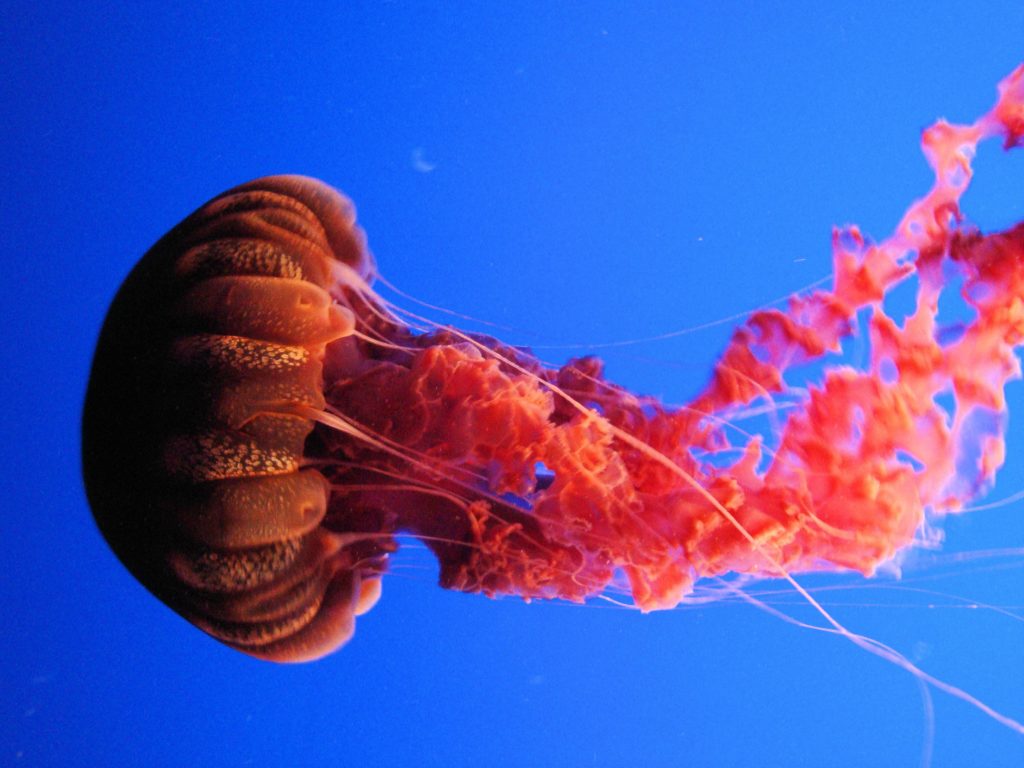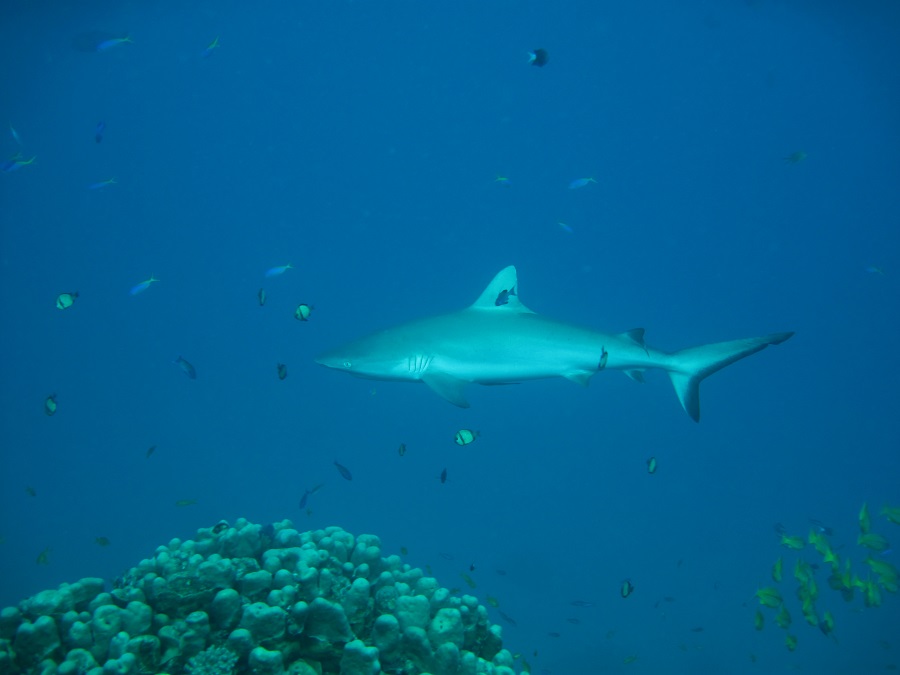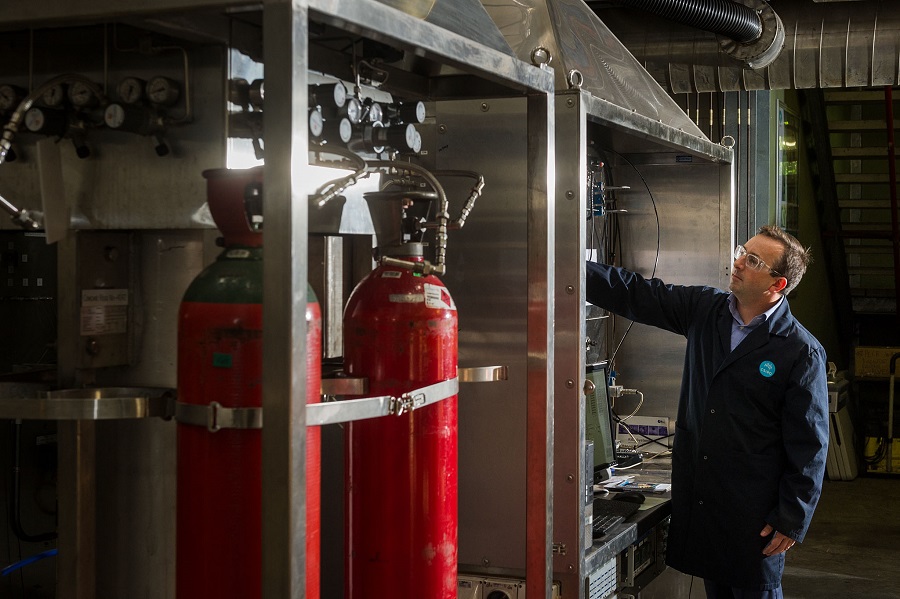Jesse and Sophie dive back into science news, discussing why the fittest Tassie devils succumb to facial tumours, how to transport renewable hydrogen gas, the benefits of multiple paternity in sharks, and they speak with Dr Lisa-ann Gershwin (the Jellyfish Goddess).
Dive back into science news with the Interronauts! Jesse and Sophie are back with a brand new episode, studio, the whole kit and caboodle (kitten cavoodle?). They talk about why it is that the fittest Tassie devils are most likely to succumb to the deadly facial tumours, how to pipe renewable hydrogen, why some shark mammas hook up with multiple pappas, and they speak with Dr Lisa-ann Gershwin about her to-date co-discovery of 204 species of sea animals (including a DOLPHIN!).
Science news
- Fit Tassie devils most vulnerable — “Fit and healthy Tasmanian devils are being taken down by deadly facial tumours that are attacking the “best” animals in the population, according to novel research led by Griffith University,” from Scimex. Full paper, here.
Interview
The black sea nettle (Chrysaora achlyos) – Jim G (CC BY 2.0)
We speak with Dr Lisa Gershwin (aka the Jellyfish Goddess) about her latest jellyfish discovery as well as her illustrious career describing over 200 new species including Bazinga and the dark and mysterious god of the sun — Chrysaora achlyos.
CSIRO news
Multiple partners is the way to go for some sharks
A photo of a grey reef shark swimming
We used DNA analysis in our multiple paternity study and found grey reef shark litters have more than one father.
“In a recent study of sharks caught by fisheries in Papua New Guinea (PNG), a team of researchers looked at a breeding strategy called multiple paternity, which occurs when a litter of baby sharks has more than one father. Such litters are made up of both full and half siblings,” from our blog. Learn more about the study here.
Transporting hydrogen fuel by way of ammonia
Photo of CSIRO researcher in hydrogen lab.
Dr Michael Dolan in our hydrogen lab.
“It’s colourless, odourless, the most abundant element in the universe, and may one day take you from 0-100 on the highway. It seems as though hydrogen is a pretty logical choice for clean fuel of the future. The kicker is that there’s very little pure hydrogen to be found anywhere on Earth, meaning we need to somehow produce it,” here’s more from our blog.
Listen and subscribe
- iTunes — Subscribe to us on iTunes and leave us a rating and review, if you’re so inclined.
- Blog — Listen to ’em all online on our blog.
- RSS feed — Plug the URL of our RSS feed into whichever RSS devourer you use.
Contact us
You can get in touch with the Interronauts team via Facebook, Twitter @CSIROnews, Instagram @csirogram, or by emailing us at socialmedia@csiro.au. Thanks for listening!





27th February 2020 at 7:38 pm
That was a pretty interesting post, will be looking forward to your future updates.
27th February 2020 at 6:30 pm
Thanks for providing such a great article, it was excellent and very informative.
27th February 2020 at 6:15 pm
Thanks for the info. Pretty interesting for me!!!! This is a great blog list! Thanks for creating this helpful resource.
12th February 2020 at 2:57 pm
Hello Guys, I wanna saw your blog it was excellent and very informative for us. Very interesting blog. Thanks for your sharing keep it up. Hope everyone is get benefited.
7th February 2020 at 8:10 pm
Hello Guys! What an remarkable content. I was very amazed to read your posts which seemed to make me feel as if I was there, Thank you.